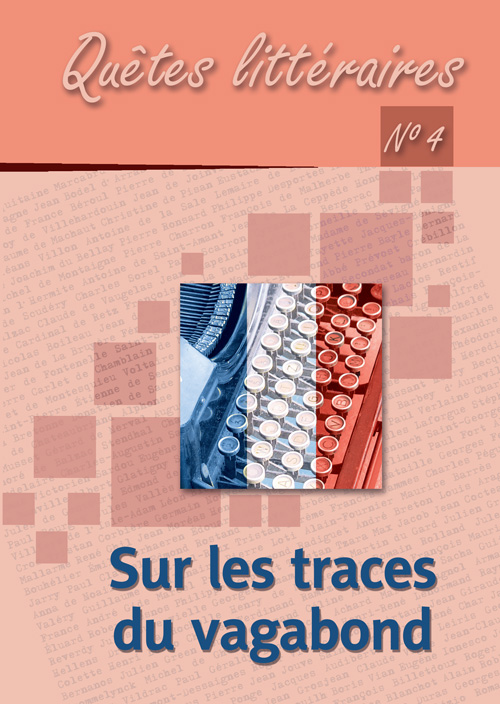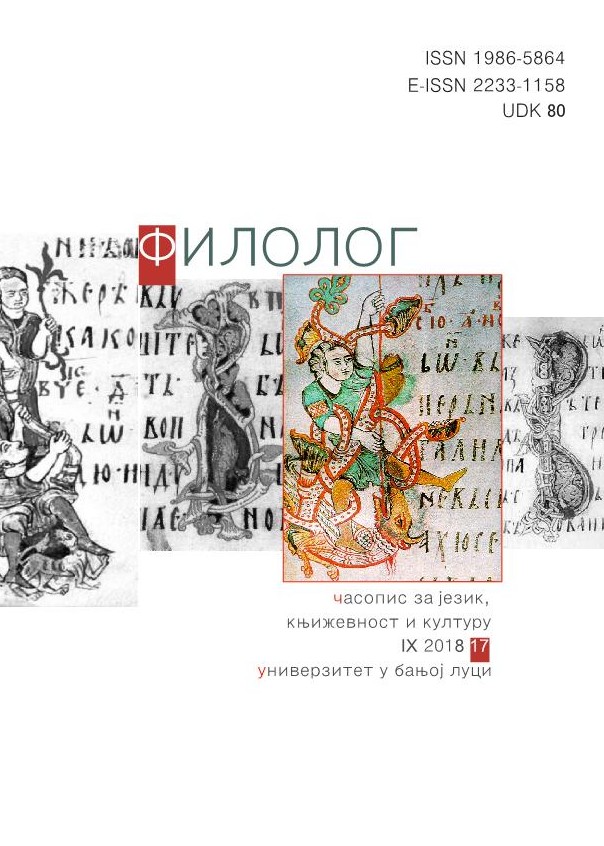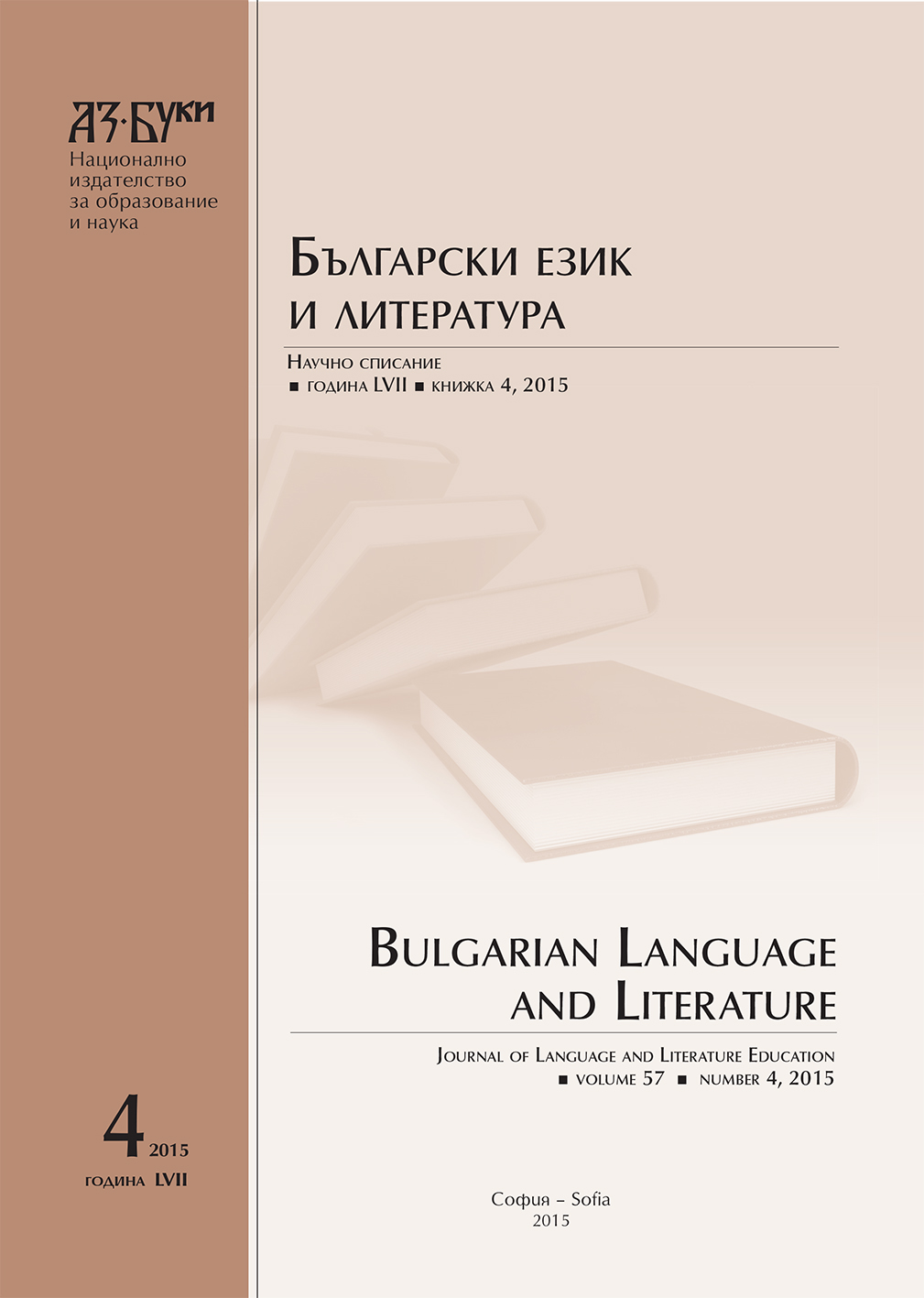
Sur les traces du vagabond dans les textes beauvoiriens : exploration du monde et découverte de l’autre
Simone de Beauvoir – a writer, journalist, and philosopher, a pioneer of modern feminism, a collaborator and life partner of Jean-Paul Sartre, was also a tireless traveller, who embarked on numerous journeys described in her autobiographical accounts and correspondence. The author of The Second Sex invariably seeks new sensations and is attracted to other people. Memories of visits to foreign countries are characterized by detailed descriptions and exploration of the world. Each destination is presented from the viewpoint of aesthetics, avoiding interactions with the local population. Over time, under the influence of her trips, Beauvoir becomes aware of the complexity of "the Other" and the need to support people and reject own isolation. Her writing becomes involved, subjective, and empathetic, reflecting growing interest in the problems of other people and sensitivity to social injustice and ideological issues. The shrewd observer searches for the meaning of life and her own "self". The universal dimension of the human condition appears to be far more important than individual experiences of the previously egocentric woman.
More...

